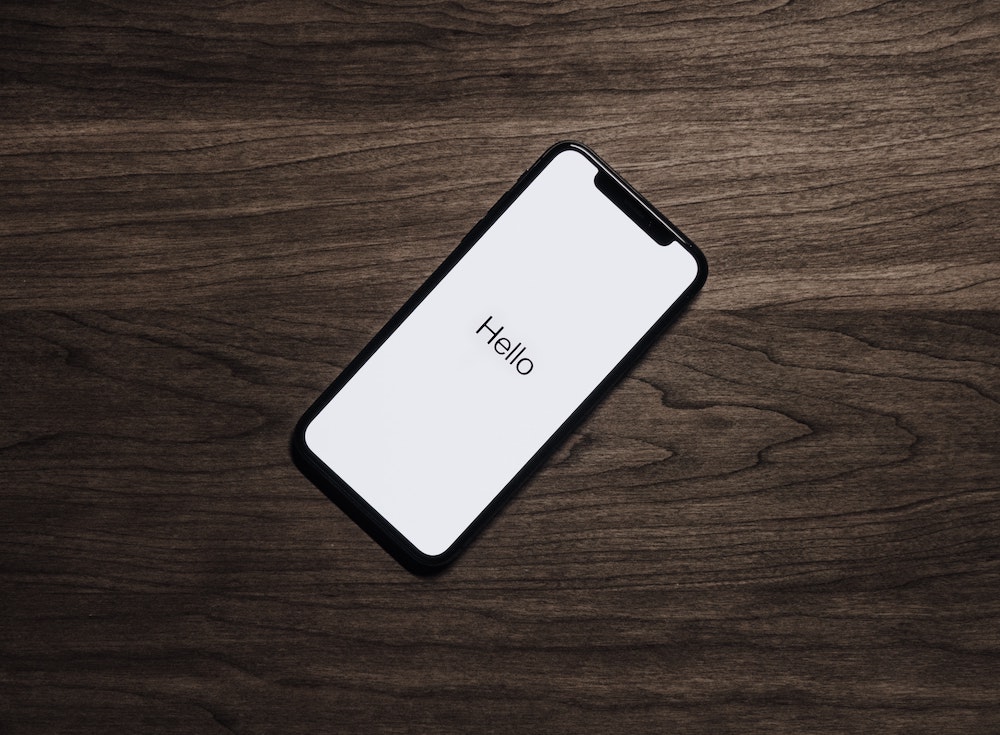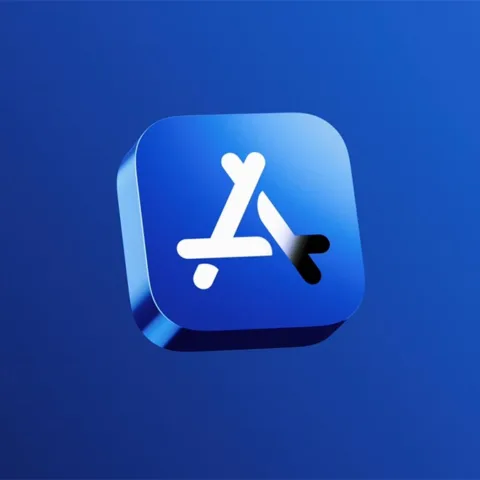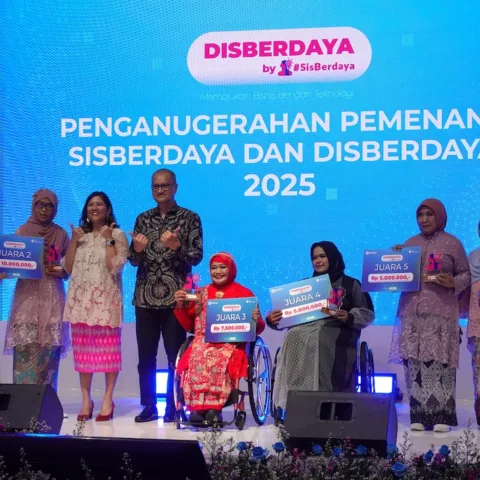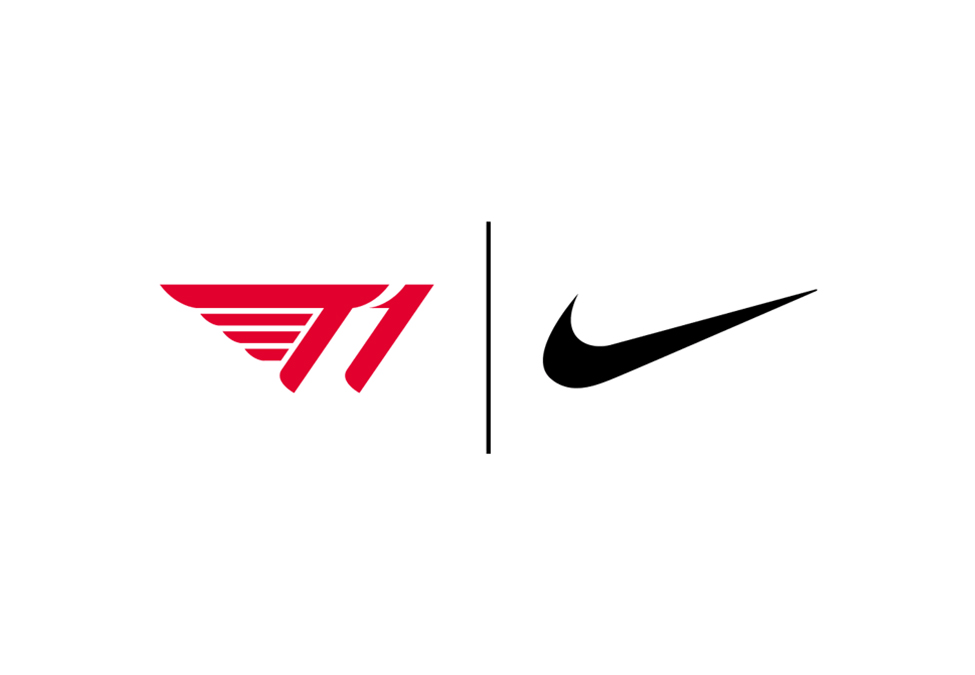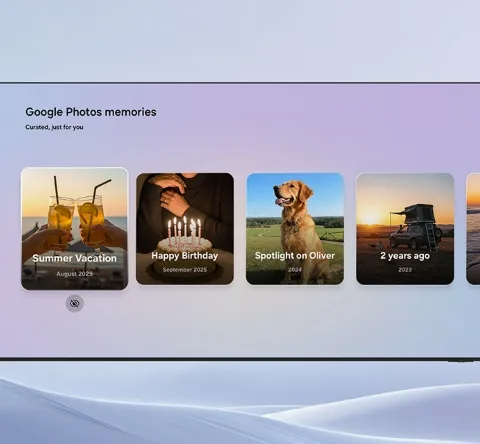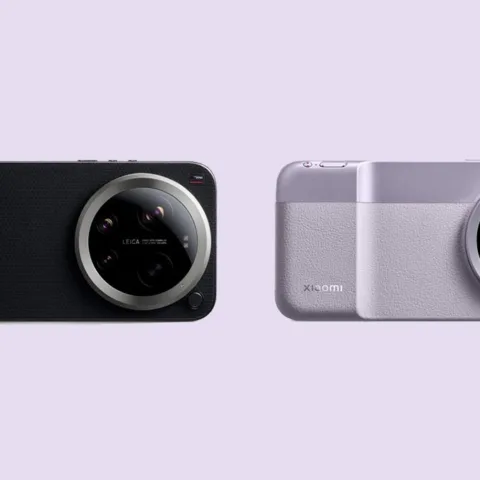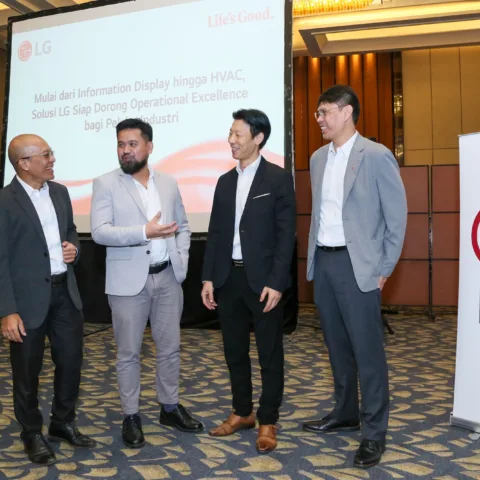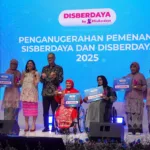The total credit card distribution as recorded in June 2019 is at 17.21 million. Debit cards available for online transactions are also limited. These two become the obstructions to all Indonesian users in buying or paying for digital products on the app market platform, such as Google Play and App Store.
The app market integration with local e-money platforms becomes an alternative to increase app purchasing. According to Bank Indonesia, in November 2019, the nominal for transactions using electronic money exceeded 16 trillion Rupiah, it’s 8 times higher from January’s record at less than 2 trillion Rupiahs.
Google Play was prior to collaborating with GoPay, while the App Store officially took a similar step with Dana this week.
GoPay quoted a huge number of transactions. The total expense of Indonesians spending on mobile apps in 2018 is to reach $313.6 million (more than 4.3 trillion Rupiah).
Based on iPrice’s data compilation, GoPay and Dana are on the top three positions for the largest monthly active users in Indonesia. The integration of both platforms with the app marketplace is likely to increase the consumption of digital products in Indonesia because Google Play and iOS App Store are worldwide’s two biggest marketplace(s) for applications.
Asia Pacific, including Indonesia, is a treasure market for Google Play’s app market, in terms of users and developers. App Annie noticed the significant growth in download and consumer spend rate. In 2017, the Asia Pacific Region has contributed over $11 billion of Google Play’s total income of $22 billion, in the games and dominating apps categories.
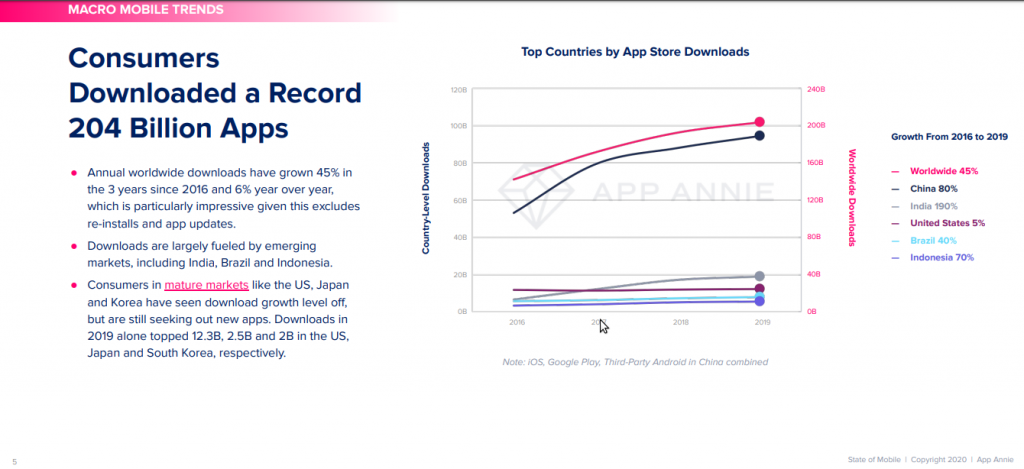
As quoted in App Annie’s report titled “State of Mobile 2020”, in terms of global gross app revenue, both Google Play and Apple’s App Store are improving. Google Play with 13.2% in the first quarter of 2019 (compared to the previous year), while the App Store made a similar increase by 19.6%.

If there is one thing to expect from the e-money integration with the app marketplace is the opportunities for local developers to have acceptance. The easy payment is to encourage the app development ecosystem growth.
With the average rate of $1-$2 per app, there shouldn’t be any obstacles for local consumers to pay for the digital content. This is a key to unlock the door to market education in order to support anti “digital products piracy”. Not only the applications and games, but also movies, music, and books.
–
Original article is in Indonesian, translated by Kristin Siagian

